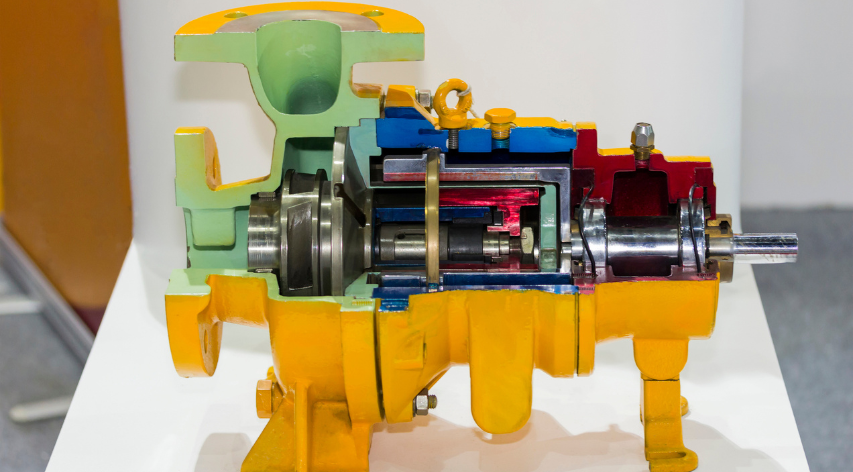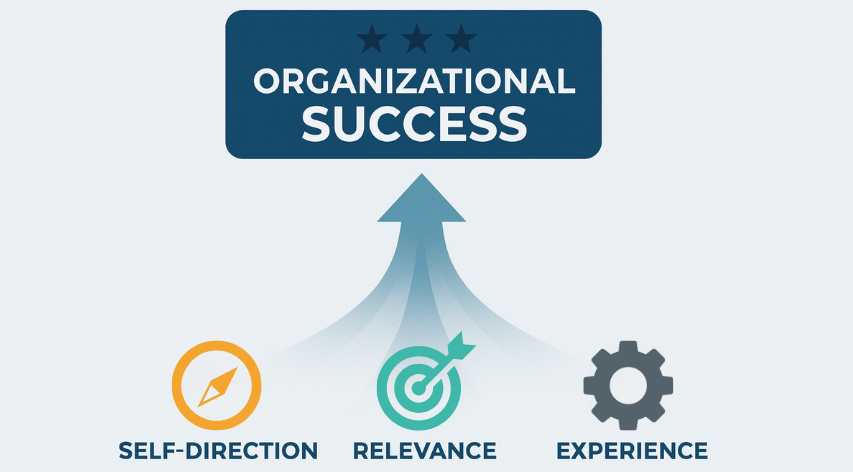How Often Should You Tweak Your Catalyst or Conduct a Catalyst Study?

By Richard Grove and Adrian Humphries
Becht’s new Fun with FCC Catalyst series takes a conversational look at how catalyst choices shape FCC performance. From tweaking frequency to test strategy and cost trade-offs, each post aims to spark debate and share real-world insights – because great ideas often start with great discussions.
The question of “How often should you tweak or change your catalyst?” is always a great way to start a conversation.
Let’s break it down into two parts: tweaks and changes.
Catalyst tweaks
A catalyst tweak is a small adjustment to your catalyst formula – a nudge in one direction or another. Maybe you’re happy with your yields, but your catalyst addition rate is so low that you rarely need to withdraw catalyst (we’ll cover how much catalyst to add in another post).
If you need to lower the fresh activity slightly, you could reduce the zeolite content or the amount of rare earth in your catalyst. Reducing the rare earth while keeping fresh zeolite surface area (ZSA) constant will decrease activity and increase olefinicity. Any change less than about 5% qualifies as a tweak.
Pro tip: consider small tweaks once or twice a year. If you’re monitoring your unit closely enough to think about a tweak, you’re already a winner!
Catalyst changes (studies)
A formal catalyst evaluation or competitive bid study should be done every 2-3 years. The cost is modest compared to the potential upside. The yield or cost benefits often exceed $2-3 million per year, a solid return on investment and time.
Here’s what you’ll need before you are ready to start a catalyst study:
- Detailed base case data. You’ll use this in your FCC model to evaluate cost/benefit scenarios.
- A clear list of unit constraints. If your unit isn’t running at multiple limits, a catalyst change could unlock new performance.
- Feed and product pricing. Beware of relying solely on incremental pricing. A planner might say C₄ olefins aren’t valuable because the alkylation unit is full – until they see yields drop 10%.
- Slurry rundown awareness. If you change catalyst to reduce slurry but are already at a slurry minimum, you’ll lose LCO and gain nothing in slurry reduction.
- Pilot plant realism. Don’t take pilot yields at face value. A good rule of thumb: take ~50% of the liquid yield delta and ~25% of the coke delta as realistic expectations.
And remember: any cost increase should deliver at least 4× the profit. It’s easy to see the cost increase; the profit takes more work to find.
Final thoughts
Catalyst tweaks and changes are about numbers, but they’re also about progress. Each adjustment, evaluation, or insight moves your operation one step closer to optimal performance.
Got your own learnings or stories from past studies? Let’s hear them!
Want to learn more?
Reach out to Becht’s FCC Process Technology Lead, Ally McNamara, to connect with one of our FCC subject matter experts. Let’s talk about how catalyst optimization can help you get the most from your unit.
Like what you just read? Join our email list for more expert insights and industry updates.






